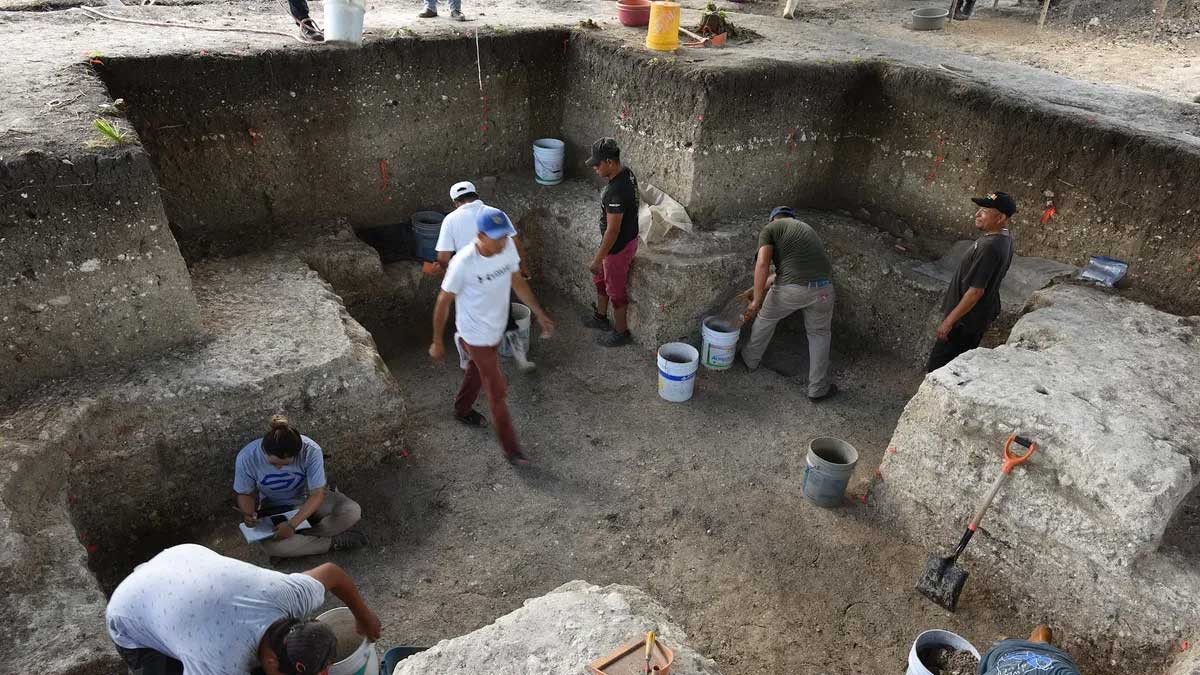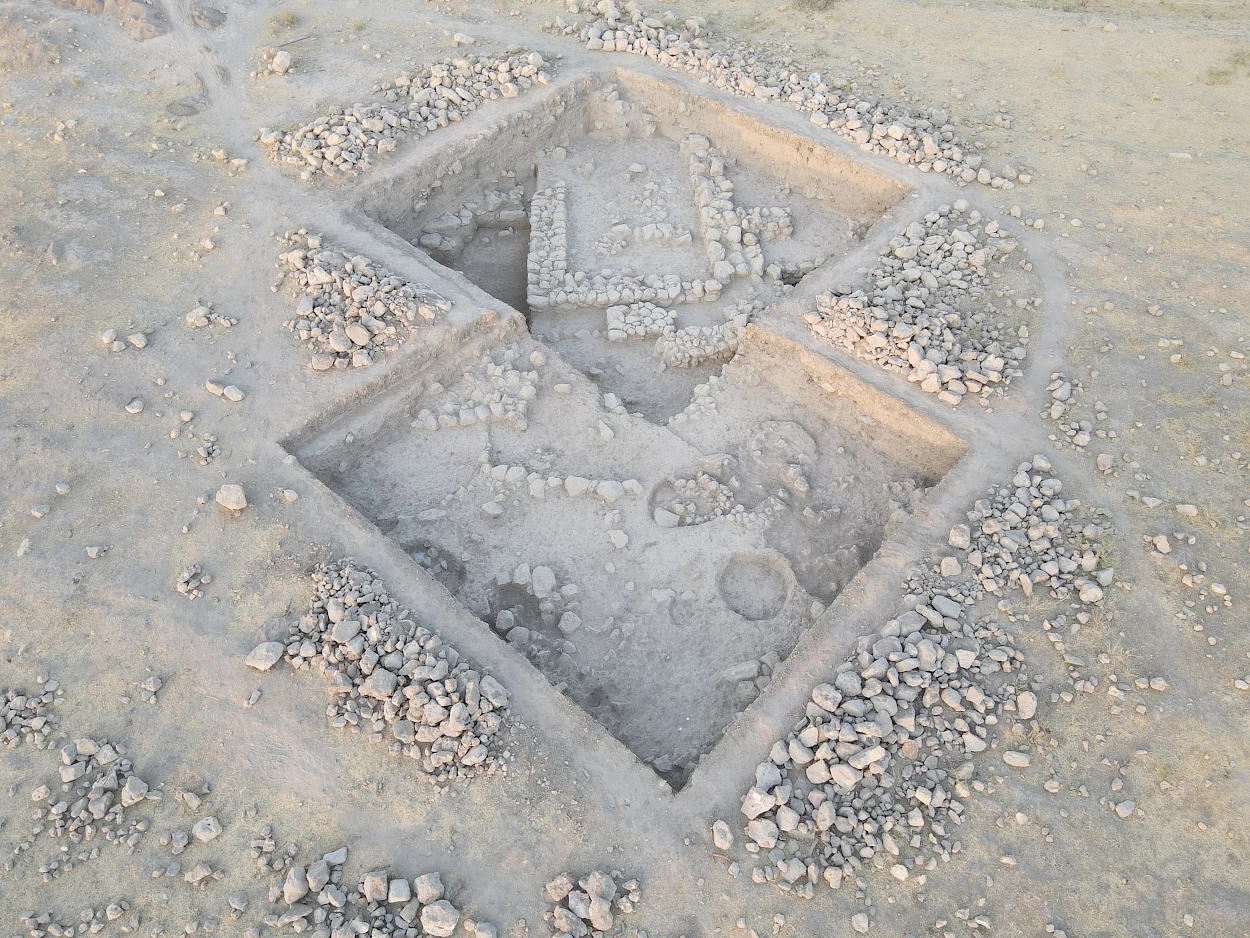A certified metal detectorist scanning a field near Leipzig, Germany, has unearthed the oldest coin ever found in the state of Saxony. The 2,200-year-old gold coin, known as a “rainbow cup,” represents a rare example of Celtic currency discovered far beyond the traditional Celtic settlement areas.
The discovery occurred in July in Gundorf, a neighborhood northwest of Leipzig. The two-gram coin—weighing slightly less than a U.S. dime—is crafted from nearly pure gold and has been officially certified by the State Office for Archaeology Saxony. Barbara Klepsch, Saxon state minister for culture and tourism, described the find as “a tangible piece of our history” that provides new insights into trade between the Celts and the people who once inhabited this region.
The coin is officially classified as a quarter stater but has been nicknamed the Gundorf Rainbow Cup after its findspot. One side displays a stylized head, likely depicting a stag or similar animal. The reverse features an open neck ring with thickened ends—possibly representing a Celtic torc—alongside a star with rounded corners and a sphere. These decorative elements are characteristic of Celtic artistic traditions from the third century BC.
A Name Rooted in Folklore
Rainbow cups derive their colloquial name from the German term “regenbogenschüsselchen,” meaning “tiny rainbow finger bowl.” The name references both their distinctive curved, bowl-like shape and an old superstition that treasure could be found where a rainbow touched the ground. These coins were created by the ancient Celts, warrior tribes who inhabited mainland Europe and famously sacked Rome.
According to Regina Smolnik, Saxony’s state archaeologist, the coin exists in “almost mint condition” and was unlikely to have circulated as currency. Instead, it probably served as a status symbol or store of value for an upper-class individual who maintained trade relations with the Celts. The coin’s exceptional preservation suggests it was carefully kept rather than used in everyday transactions.
Saxony lies outside the traditional Celtic settlement area, making such discoveries particularly significant. While numerous Celtic coins have been recovered in Bohemia in northwest Czech Republic, only two had previously been found in Saxony before recent years—and one of those, discovered in the 19th century, is now lost. The Gundorf Rainbow Cup surpasses a silver cluster quinarius from the early first century BC, found in 2007, as the oldest coin ever discovered in the state.
An increase in field surveys over recent years has yielded nine additional coins in Saxony, but only one other is both gold and features a similar convex shape, and that example lacks decoration. This growth in discoveries paints an increasingly detailed picture of contact between Germanic-speaking populations and their Celtic neighbors prior to Roman expansion into the region.
Several rainbow cups have been recovered elsewhere in Germany in recent years. In 2021, archaeologists discovered a cache of 41 plain rainbow cups in Brandenburg, a northeastern state where Celts never settled. Those coins, minted in the first century BC, were also believed to have been acquired through trade. A 2023 discovery in Bavaria yielded a single rainbow cup decorated with a rare four-pointed star on its interior, possibly lost by a traveler along an ancient road.
Smolnik emphasized that the Gundorf Rainbow Cup, along with other recent examples found across Germany, provides “further evidence of regular contact and connections” between the Celts and the people living in Saxony more than two millennia ago. Klepsch praised the volunteer detectorist for reporting the find with care and responsibility, noting that such citizen contributions are vital to researching and protecting cultural heritage. “Discoveries like these bring our past to life and help us understand our cultural roots,” she said.
Featured image: Obverse (left) and reverse (right) of the Celtic rainbow cup. (Image credit: Landesamt für Archäologie Sachsen)
















